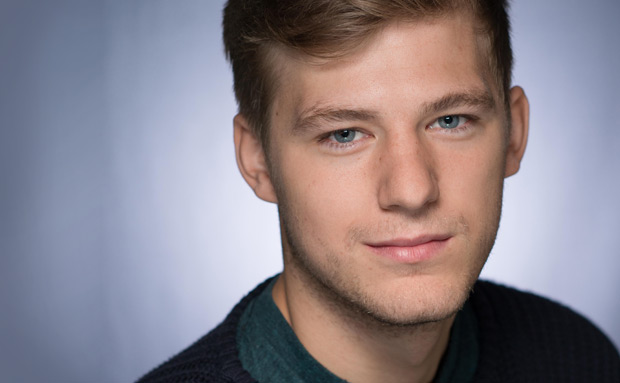
© Arnaud Stephenson. (Click image for larger version)
Press Release: Sadler’s Wells and Birmingham Royal Ballet launch Ballet Now
BRB News: Ballet Now – Birmingham Royal Ballet and Sadler’s Wells are joining forces for a major new development programme for classical choreographers.
3 November 2017: It’s just been announced that George Williamson has been awarded the first Ballet Now commission.
Ballet Now is an initiative between Birmingham Royal Ballet and Sadler’s Wells to develop the (classical) choreographers, composers and designers of the future. It’s a 5-year programme with 2 commissions each year, made possible by the Oak Foundation, matched BRB funding and driven by a Creative Consortium. The Consortium is composed of David Bintley, Koen Kessels, Alistair Spalding, Cassa Pancho, Ted Brandsen, Emma Southworth, Sally Beamish and Sally Cavender.
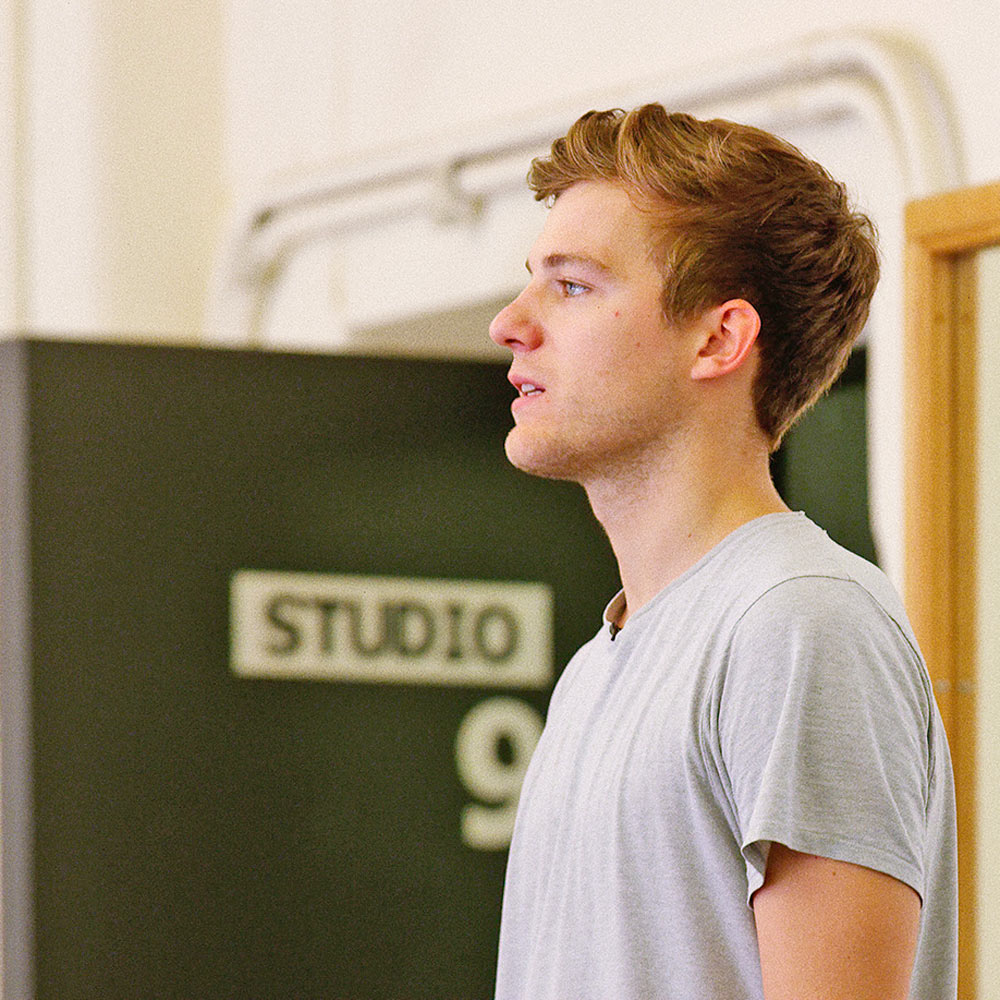
© Steven Brahms. (Click image for larger version)
Congratulations on being the first Ballet Now recipient – so why did you want to be considered for the programme and what are you doing?
I think that Ballet Now is fantastic because it is so comprehensive. On one level it is very rare to have the chance to create a ballet with a new score and to be able to choose exactly what subject matter you want to address. Also, the commission comes with such a supportive structure. They are providing a lot of time in the studio to develop the work, world class ballet dancers and, on top of that, a system of mentors who are working at the top of their art form. This all makes it such a unique and attractive project to be involved with.
To summarise, I am going to create a ballet that explores patriarchy. At the moment I am just reading and watching and visiting as many things that inspire me on this theme. The stage I am currently at is shaping all of my research to find the show in there. Luckily I am not doing this all on my own. I am working with dramaturg Lou Cope and my collaborators are a very big part of the development process. I would hope the end result will be something very personal.
Which composer will you be working with and how is it all going?
I am working with American composer Sarah Kirkland Snider. I have been listening to her music for a few years and when this opportunity came up she was at the top of my list of suggestions. I knew that we had to try and get her involved and I am so pleased we have managed it.
The first thing she told me was that she always approaches her work from a narrative or emotional starting point. That really struck a chord with me because I want to do the same thing in the studio with the dancers. Also, through our discussions it’s become really apparent that the theme of the ballet is very important to her too. She is so articulate with her words and that comes through in the narrative of her music. She wrote a remarkable essay about some of the issues I am investigating as they pertain to classical music and how some gendered constructs operate within her own world. I feel so lucky to be working with her.
What’s your approach to creating work – do you have it all worked out before going in the studio? And how do you select your dancers – what qualities are you looking for?

© Arnaud Stephenson. (Click image for larger version)
I love dancers that are brave and physical on stage, with brilliant musicality, who are passionate about exploring what they can do. Also, dancers who can surprise you.

© Steven Brahms. (Click image for larger version)
How would you describe your choreographic style? And who are your dance heroes?
I think my style has changed and is still changing. I would have described it as neoclassical a few years ago but now I am not sure. I am trying to move away from the two-dimensionalism of classical and neoclassical ballet. My style is developing as I question how can we tell stories that represent our society now? The idea of switching roles in pas de deux, for instance, is interesting. It makes you challenge traditional assumptions about partnering, yes, but I think this alone is overly simplistic. If we keep to the mechanism of there being one person standing behind the other, supporting or lifting them, be it man or woman, there still isn’t equality in that. It doesn’t reflect the world we live in and, on top of that, the form remains stuck in the two-dimensional model. It’s really challenging to break away from certain norms because these traditions are so engrained in us from the start of our training. This is why Ballet Now is such an exciting project for me. It is giving me the opportunity to challenge my own style and try to develop something unique. And in terms of ballet heroes, I grew up fascinated by the choreography of those who pushed the boundaries of ballet, people like William Forsythe and David Dawson. More recently, I’ve been blown away by the work of Crystal Pite.
What’s your biggest dance wish?
I just want to keep creating work, to have the chance to go on developing and learning as a choreographer. There isn’t a school where we can all go, practice our skills and try to test ourselves and get better. We have to learn as we go, and it is really hard sometimes. I don’t take these opportunities for granted when they come along. I absolutely love it and I wouldn’t want to do anything else.








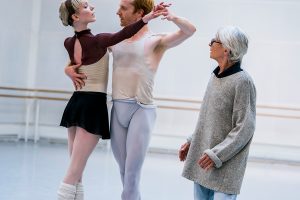
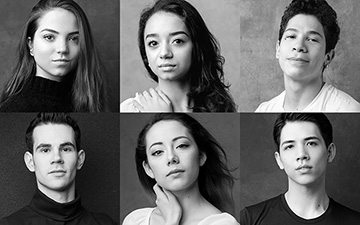

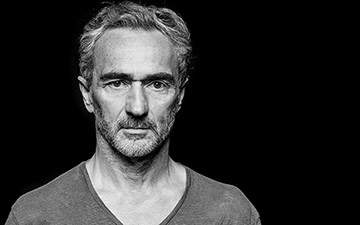
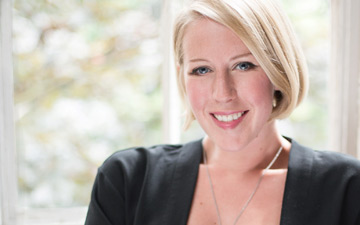

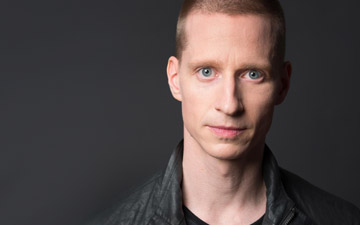
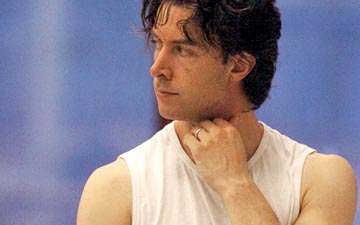

You must be logged in to post a comment.